Finnish Early Childhood Education Student Teachers’ Mental Images of the Environment
Abstract
1. Introduction
- What does the environment–human relation look like in the student teachers’ drawings?
- What sorts of implications do the student teachers’ mental images of the environment have on geography and environmental education?
2. Theoretical Background
2.1. Nature
2.2. Environment
2.3. Landscape
2.4. Public and Private Space
2.5. Exemplary Research on Environmental Drawings
3. Materials and Methods
3.1. Drawings and Reflections
3.2. Content Analysis
3.3. Limitations
4. Results
4.1. Drawings
4.2. Reflections
5. Discussion
6. Conclusions
Funding
Institutional Review Board Statement
Informed Consent Statement
Data Availability Statement
Acknowledgments
Conflicts of Interest
References
- Tani, S. The environments of learning environments: What could/should geography education do with these concepts. J. Res. Didact. Geogr. (J-READING) 2013, 2, 7–16. [Google Scholar]
- Flogaitis, E.; Agelidou, E. Kindergarten teachers’ conceptions about nature and the environment. Environ. Educ. Res. 2003, 9, 461–478. [Google Scholar] [CrossRef]
- Parikka-Nihti, M.; Suomela, L. Iloa ja Ihmettelyä: Ympäristökasvatus Varhaislapsuudessa; PS-kustannus: Jyväskylä, Finland, 2017. [Google Scholar]
- Cantell, H.; Aarnio-Linnanvuori, E.; Tani, S. Ympäristökasvatus: Kestävän Tulevaisuuden Käsikirja; PS-kustannus: Jyväskylä, Finland, 2020. [Google Scholar]
- Cantell, H.; Rikkinen, H.; Tani, S. Maantieteen ainedidaktiikka tutkimuksen kohteena. In Ainedidaktiikka Tutkimuskohteena ja Tiedonalana; Kallioniemi, A., Virta, A., Eds.; Suomen Kasvatustieteellinen Seura: Turku, Suomi, 2012; pp. 297–316. [Google Scholar]
- Finnish National Agency for Education. National Core Curriculum for Early Childhood Education and Care 2022; National Board of Education: Helsinki, Finland, 2022. [Google Scholar]
- Russ, A.; Krasny, M.E. (Eds.) Urban Environmental Education Review; Cornell University Press: Ithaca, NY, USA, 2017. [Google Scholar]
- Elliot, S. Children in the natural world. In Young Children and the Environment; Davis, J., Ed.; Cambridge University Press: Cambridge, UK, 2010; pp. 44–73. [Google Scholar]
- Quinn, F.; Castéra, J.; Clément, P. Teachers’ conceptions of the environment: Anthropocentrism, non-anthropocentrism, anthropomorphism and the place of nature. Environ. Educ. Res. 2016, 22, 893–917. [Google Scholar] [CrossRef]
- Willamo, R. Kokonaisvaltainen Lähestymistapa Ympäristönsuojelutieteessä: Sisällön Moniulotteisuus Ympäristönsuojelijan Haasteena. Ph.D. Thesis, University of Helsinki, Helsinki, Finland, 12 August 2005. [Google Scholar]
- Duhn, I.; Malone, K.; Tesar, M. Troubling the intersections of urban/nature/childhood in environmental education. Environ. Educ. Res. 2017, 23, 1357–1368. [Google Scholar] [CrossRef]
- von Benzon, N. Discussing nature, ‘doing’ nature: For an emancipatory approach to conceptualizing young people’s access to outdoor green space. Geoforum 2018, 93, 79–86. [Google Scholar] [CrossRef]
- Karhunkorva, R.; Kärkkäinen, S.; Paaskoski, L. Metsäsuhteiden Kenttä; Lusto: Punkaharju, Finland, 2017. [Google Scholar]
- Palmer, J. Environmental Education in the 21st Century: Theory, Practice, Progress and Promise; Routledge: London, UK, 1998. [Google Scholar]
- Aarnio-Linnanvuori, E. Ympäristöaiheet humanistis-yhteiskunnallisten aineiden opetuksessa. In Näin Rakennat Monialaisia Oppimiskokonaisuuksia; Cantell, H., Ed.; PS-kustannus: Jyväskylä, Finland, 2015; pp. 209–224. [Google Scholar]
- Rautio, P.; Hohti, R.; Leinonen, R.-M.; Tammi, T. Reconfiguring urban environmental education with ‘shitgull’ and a ‘shop’. Environ. Educ. Res. 2017, 23, 1379–1390. [Google Scholar] [CrossRef]
- Cosgrove, D. Geography and Vision, 2nd ed.; I. B. Tauris: London, UK, 2010. [Google Scholar]
- Horton, J.; Kraftl, H. Cultural Geographies: An Introduction; Routledge: Abingdon, UK, 2014. [Google Scholar]
- Linkola, H. “Niin Todenmukainen Kuin Mahdollista”: Maisemavalokuva Suomalaisessa Maantieteessä 1920-luvulta 1960-luvulle. Ph.D. Thesis, University of Helsinki, Helsinki, Finland, 14 December 2013. [Google Scholar]
- Tani, S. Oikeus oleskella? Hengailua kauppakeskuksen näkyvillä ja näkymättömillä rajoilla. Alue Ympäristö 2011, 40, 3–16. [Google Scholar]
- Välimaa, I. Mielipaikoista luokkahuoneeseen: Nuorten elämismaailman yhdistäminen maantieteen opetukseen. Terra 2012, 124, 161–170. [Google Scholar]
- Yli-Panula, E.; Eloranta, V. The landscapes that Finnish children and adolescents want to conserve: A study of pupils’ drawings in Basic Education. Nordidactica 2011, 1, 35–63. [Google Scholar]
- Yli-Panula, E.; Persson, C.; Jeronen, E.; Eloranta, V.; Pakula, H.-M. Landscape as experienced place and worth conserving in the drawings of Finnish and Swedish students. Educ. Sci. 2019, 9, 93. [Google Scholar] [CrossRef]
- Yli-Panula, E.; Jeronen, E.; Matikainen, E.; Persson, C. Conserve my village: Finnish, Norwegian and Swedish students’ valued landscapes and well-being. Sustainability 2022, 14, 671. [Google Scholar] [CrossRef]
- Yli-Panula, E.; Jeronen, E.; Eilola, S.; Pakula, H.-M. The Gambian and Kenyan pupils’ conceptions of their valued landscapes and animals. In Arvot ja Arviointi: Ainedidaktisia Tutkimuksia; Kallio, M., Krzywacki, H., Poulter, S., Eds.; Suomen Ainedidaktinen Tutkimusseura: Helsinki, Finland, 2019; pp. 225–251. [Google Scholar]
- Rajala, A.; Akkerman, S.F. Researching reinterpretations of educational activity in dialogic interactions during a fieldtrip. Learn. Cult. Soc. Inter. 2019, 20, 32–44. [Google Scholar] [CrossRef]
- Hyvärinen, R. Tutkija visuaalisen aineiston tulkitsijana. Terra 2012, 124, 221–224. [Google Scholar]
- Jokela, S.; Raento, P. Collecting visual materials from secondary sources. In An Introduction to Visual Research Methods in Tourism; Rakić, T., Chambers, D., Eds.; Routledge: London, UK, 2012; pp. 53–69. [Google Scholar]
- Seppä, A. Kuvien Tulkinta; Gaudeamus: Helsinki, Finland, 2012. [Google Scholar]
- Jokela, S. Tourism, Geography and Nation-Building: The Identity-Political Role of Finnish Tourism Images. Ph.D. Thesis, University of Helsinki, Helsinki, Finland, 22 February 2014. [Google Scholar]
- Tani, S. Eletty ja kuvattu kaupunki: Nuorten kaupunkipiirrokset tulkinnan kohteina. In Lapsuuden Muuttuvat Tilat; Strandell, H., Haikkola, L., Kullman, K., Eds.; Vastapaino: Tampere, Finland, 2012; pp. 147–175. [Google Scholar]
- Rose, G. Visual Methodologies: An Introduction to Researching with Visual Materials, 5th ed.; Sage: London, UK, 2023. [Google Scholar]
- Kress, G. Sociolinguistics and social semiotics. In The Routledge Companion to Semiotics and Linguistics; Cobley, P., Ed.; Routledge: London, UK, 2001; pp. 66–82. [Google Scholar]
- Briell, J.; Elen, J.; Depaepe, F.; Clarebout, G. The exploration of drawings as a tool to gain entry to students’ epistemological beliefs. Electron. J. Res. Educ. Psychol. 2017, 8, 655–688. [Google Scholar] [CrossRef][Green Version]
- Kearns, R.; Eggleton, K.; van der Plas, A.; Coleman, T. Drawing and graffiti-based approaches. In Creative Methods for Human Geographers; von Benzon, N., Holton, M., Wilkinson, C., Wilkinson, S., Eds.; Sage: London, UK, 2021; pp. 113–125. [Google Scholar]
- Stevens, M.; Elen, J. ‘Picturing’ instruction: An exploration of higher education students’ knowledge of instruction. Stud. High. Educ. 2023. ahead of print. [Google Scholar] [CrossRef]
- Jokela, S. Building a facade for Finland: Helsinki in tourism imagery. Geogr. Rev. 2011, 101, 53–70. [Google Scholar] [CrossRef]
- Béneker, T.; Sanders, R.; Tani, S.; Taylor, L. Picturing the city: Young people’s representations of urban environments. Child. Geogr. 2010, 8, 123–140. [Google Scholar] [CrossRef]
- Yavetz, B.; Goldman, D.; Pe’er, S. How do preservice teachers perceive ‘environment’ and its relevance to their area of teaching? Environ. Educ. Res. 2014, 20, 354–371. [Google Scholar] [CrossRef]
- Chawla, L. Childhood nature connection and constructive hope: A review of research on connecting with nature and coping with environmental loss. People Nat. 2020, 2, 619–642. [Google Scholar] [CrossRef]
- Barry, C. The environment/society disconnect: An overview of a concept tetrad of environment. J. Environ. Educ. 2020, 41, 116–132. [Google Scholar] [CrossRef]
- Aarnio-Linnanvuori, E. Ympäristö Ylittää Oppiainerajat: Arvolatautuneisuus ja Monialaisuus Koulun Ympäristöopetuksen Haasteina. Ph.D. Thesis, University of Helsinki, Helsinki, Finland, 12 January 2018. [Google Scholar]
- Hann, D.; Hagelman, R. Geographic and environmental themes in children’s literature. J. Geog. 2021, 120, 117–125. [Google Scholar] [CrossRef]
- Tani, S. Reflected places of childhood: Applying the ideas of humanistic and cultural geographies to environmental education research. Environ. Educ. Res. 2017, 23, 1501–1509. [Google Scholar] [CrossRef]
- Saloranta, S. Koulun Toimintakulttuurin Merkitys Kestävän Kehityksen Kasvatuksen Toteuttamisessa Perusopetuksen Vuosiluokkien 1–6 Kouluissa. Ph.D. Thesis, University of Helsinki, Helsinki, Finland, 22 September 2017. [Google Scholar]
- Wolff, L.-A.; Sjöblom, P.; Hofman-Bergholm, M.; Palmberg, I. High performance education fails in sustainability? A reflection on Finnish primary teacher education. Educ. Sci. 2017, 7, 32. [Google Scholar] [CrossRef]
- Malone, K. The bubble-wrap generation: Children growing up in walled gardens. Environ. Educ. Res. 2007, 13, 513–527. [Google Scholar] [CrossRef]
- Karsten, L. It all used to be better? Different generations on continuity and change in urban children’s daily use of space. Child. Geogr. 2005, 3, 275–290. [Google Scholar] [CrossRef]
- Kuo, M.; Barnes, M.; Jordan, C. Do experiences with nature promote learning? Converging evidence of a cause-and-effect relationship. Front. Psychol. 2019, 10, 305. [Google Scholar] [CrossRef] [PubMed]
- Linzmayer, C.D.; Halpenny, E.A. ‘I might know when I’m an adult’: Making sense of children’s relationships with nature. Child. Geogr. 2014, 12, 412–428. [Google Scholar] [CrossRef]
- Salonen, A.O.; Hakari, S. Early childhood educators and sustainability: Sustainable living and its materialising in everyday life. Utbild. Demokr. 2018, 27, 81–102. [Google Scholar] [CrossRef]
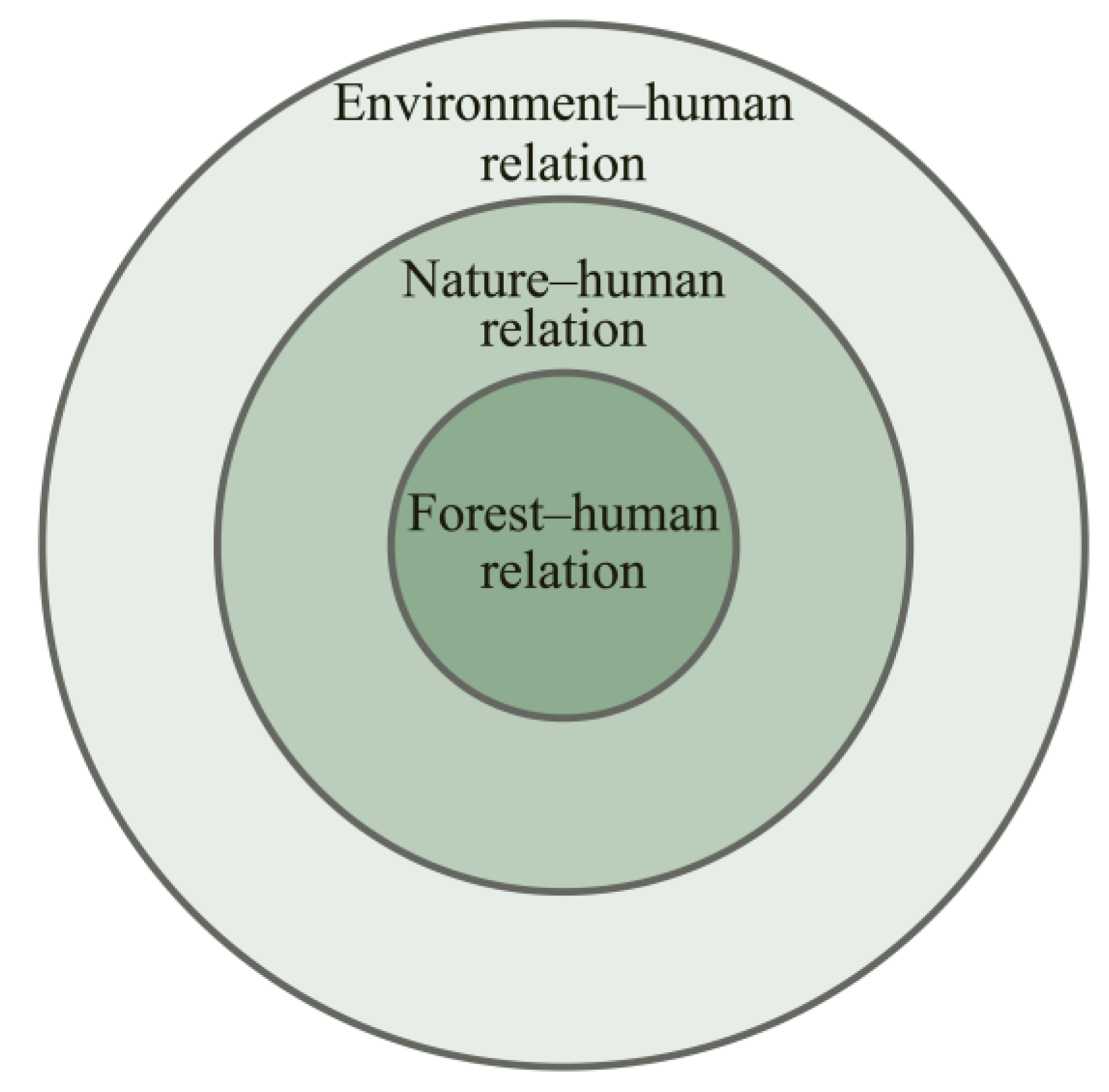
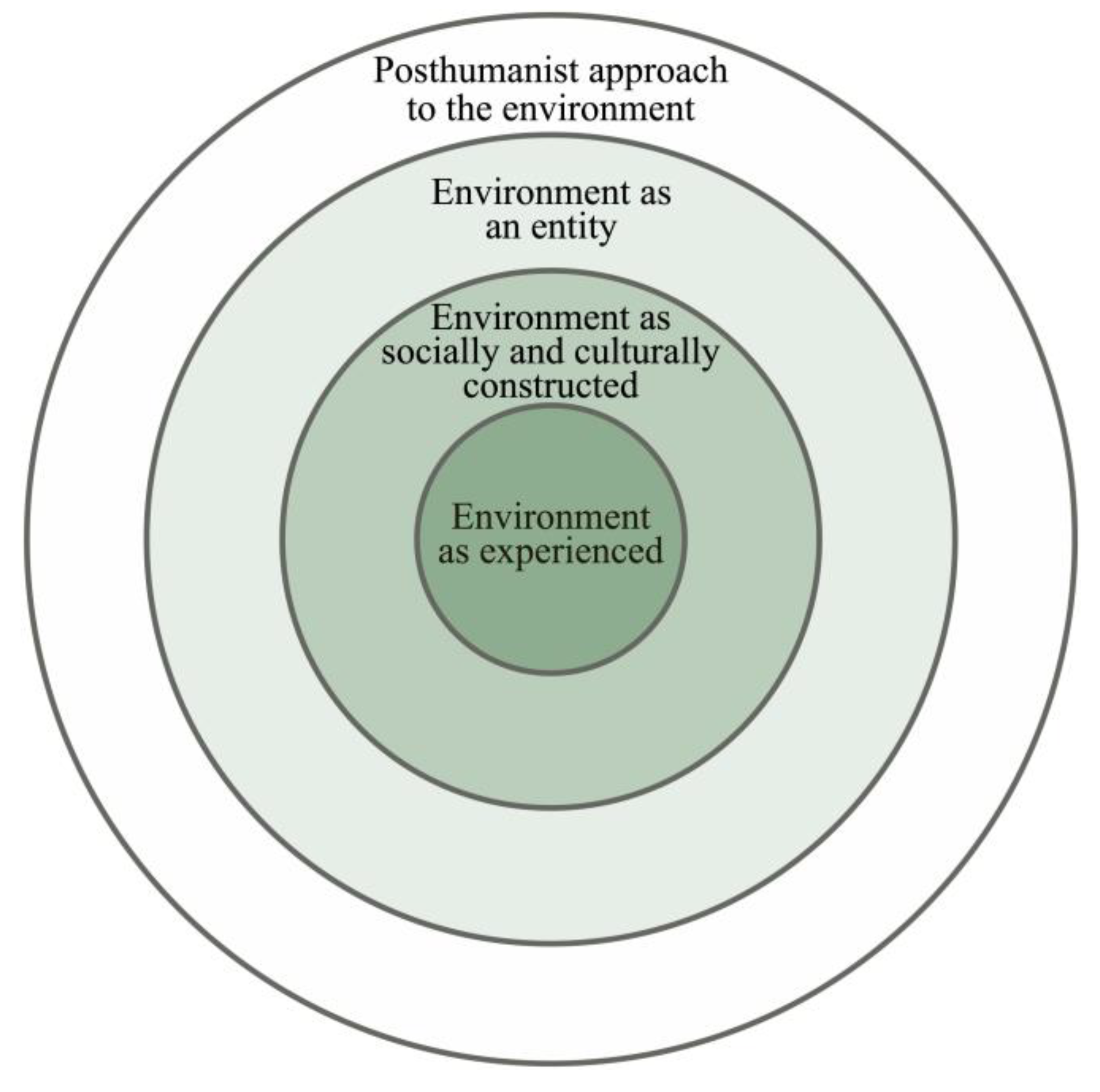
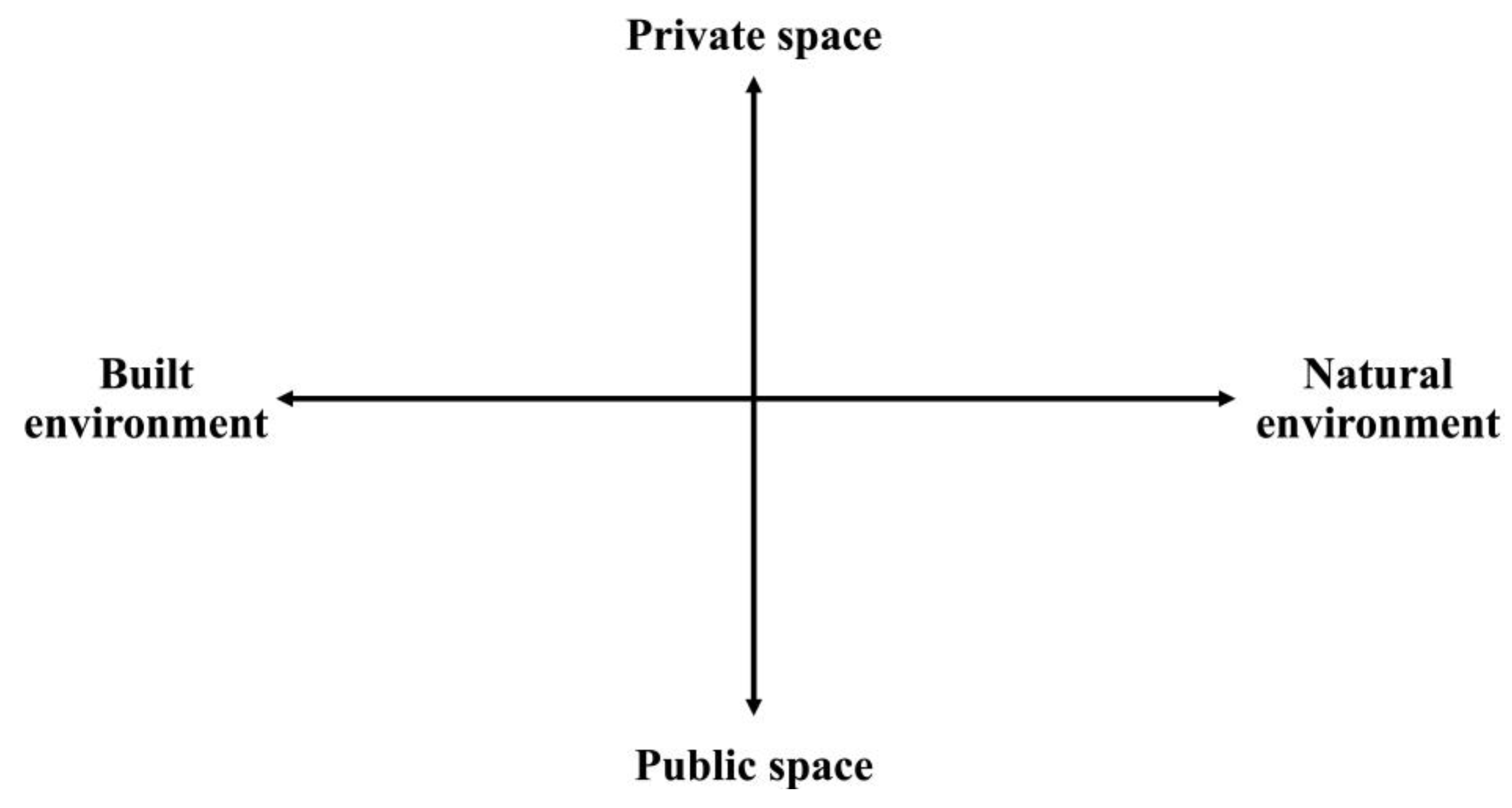
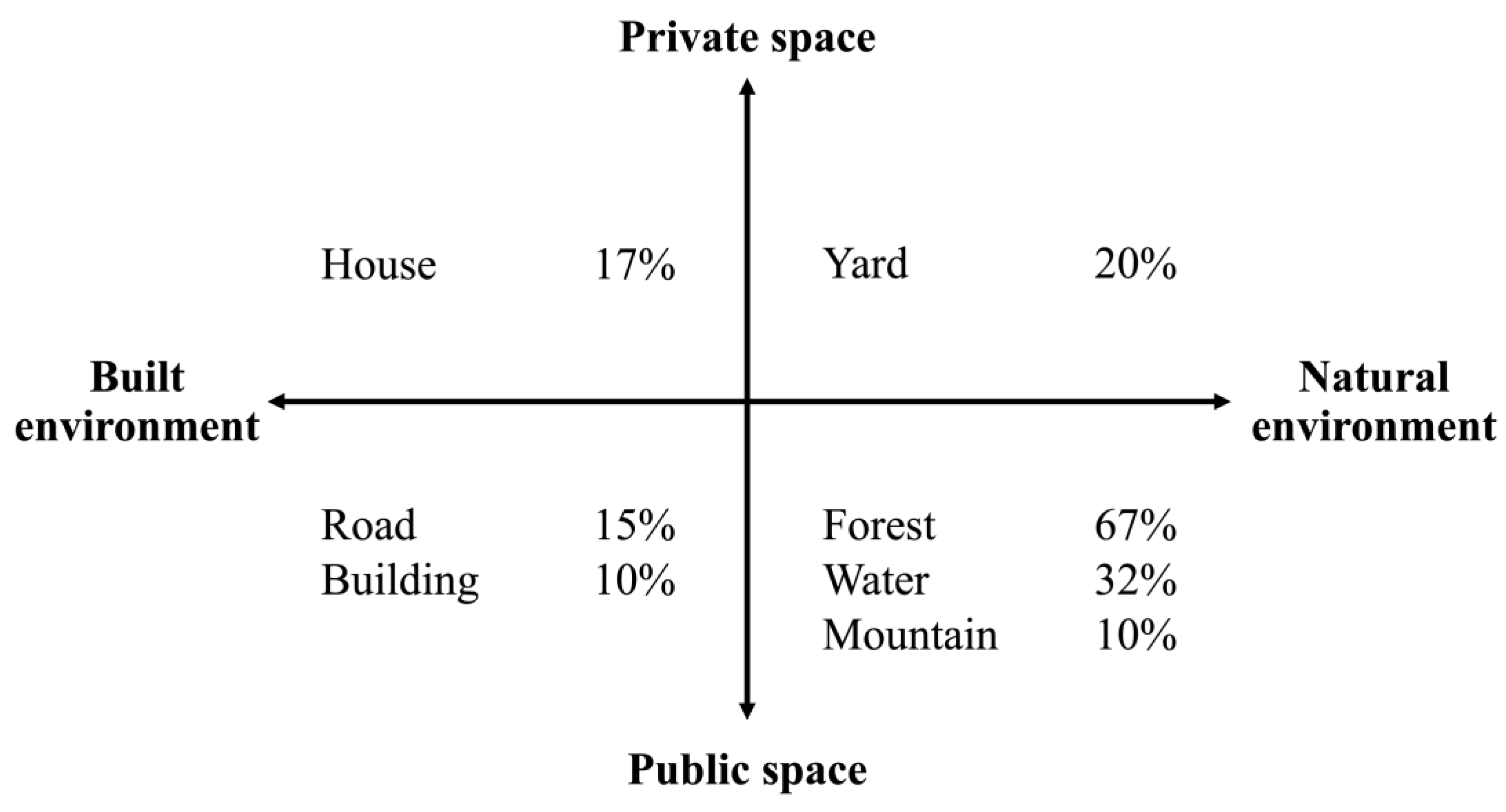
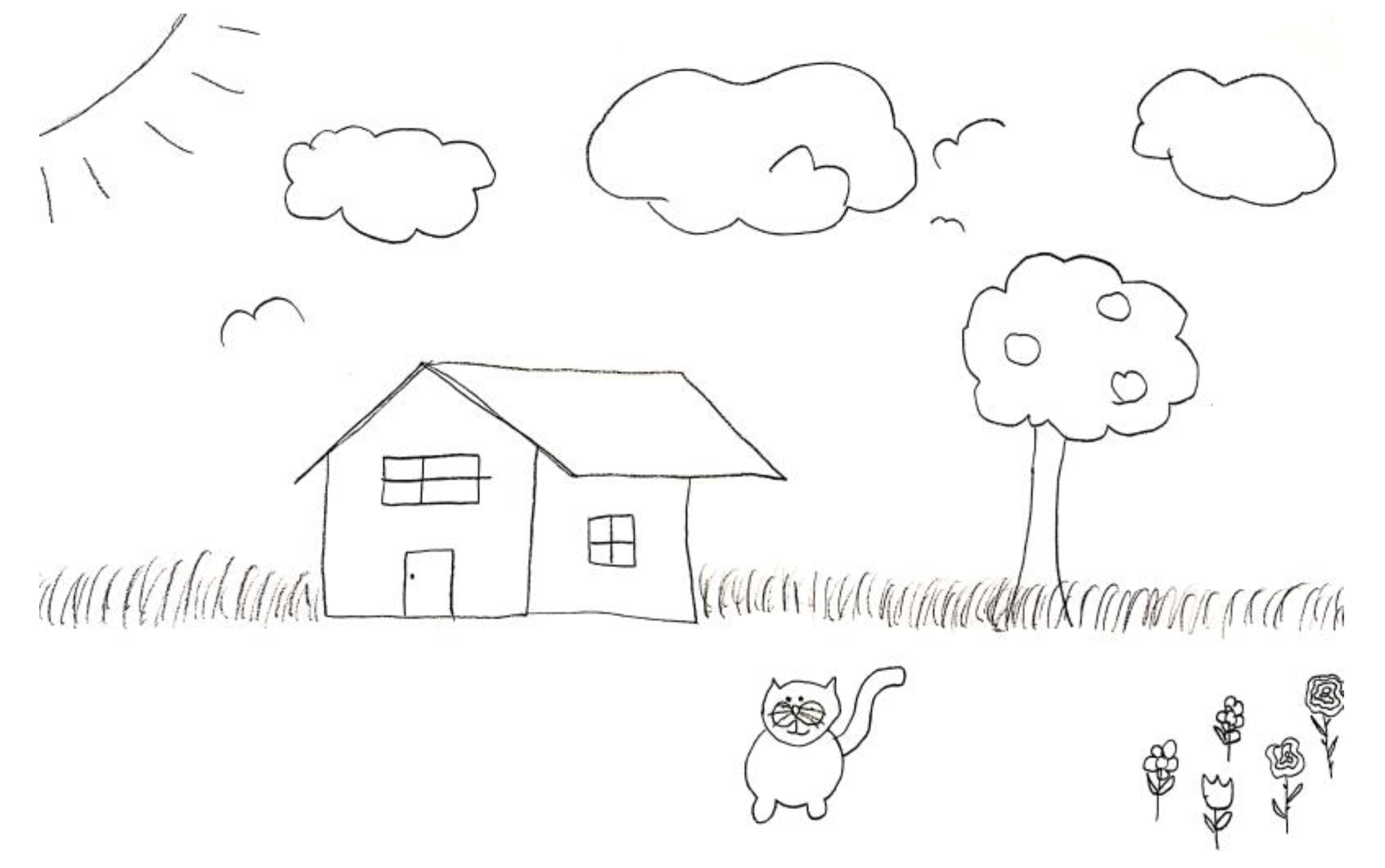
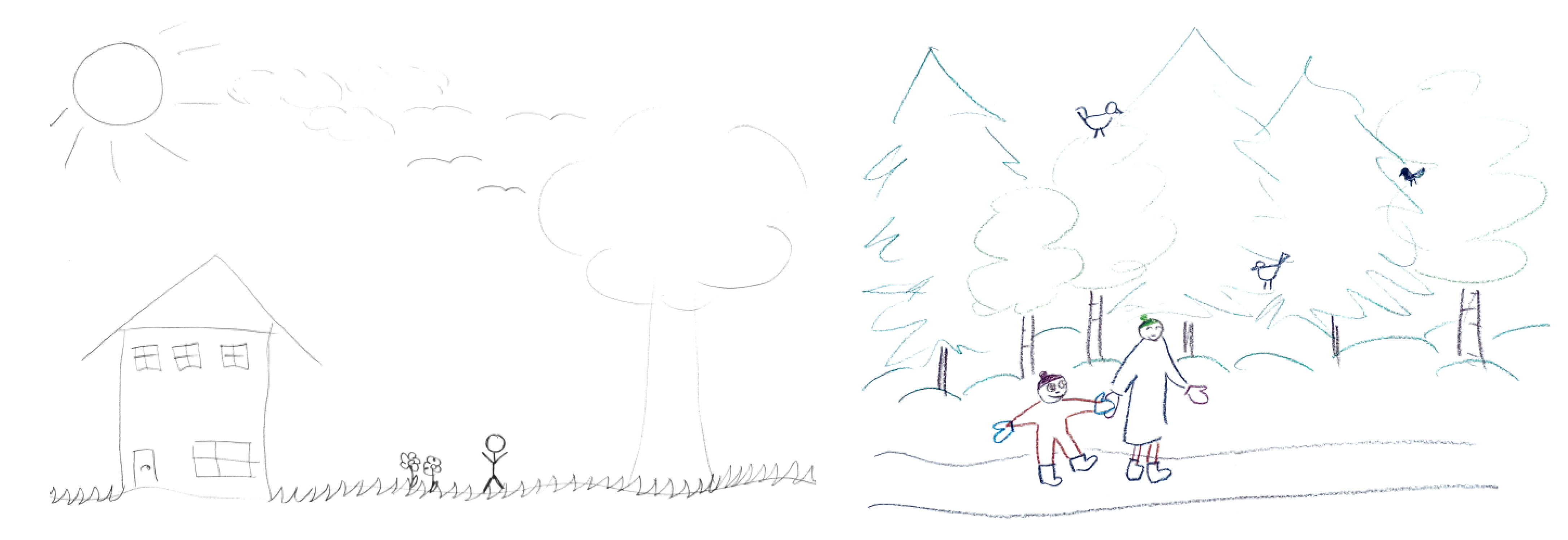
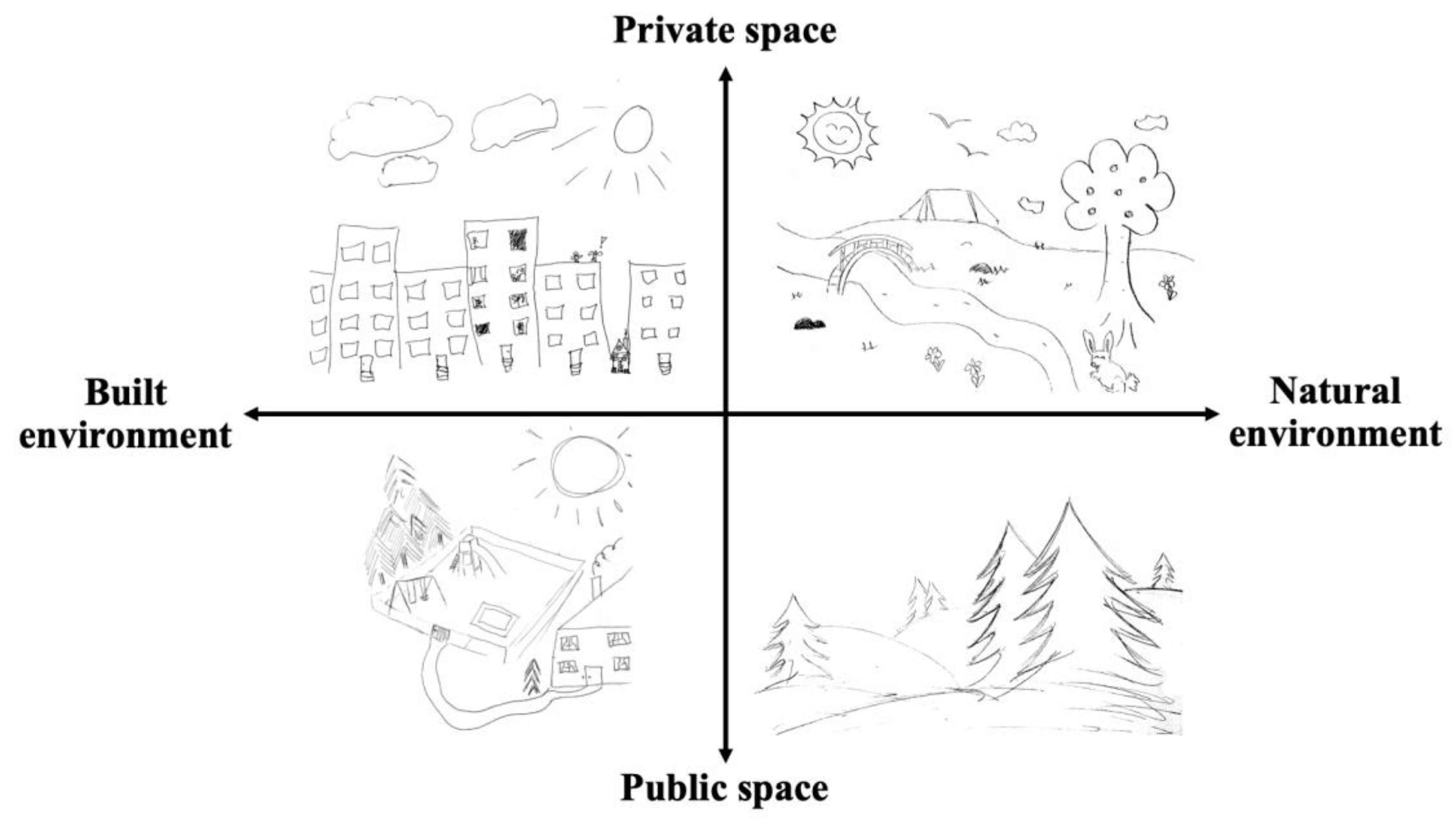

Disclaimer/Publisher’s Note: The statements, opinions and data contained in all publications are solely those of the individual author(s) and contributor(s) and not of MDPI and/or the editor(s). MDPI and/or the editor(s) disclaim responsibility for any injury to people or property resulting from any ideas, methods, instructions or products referred to in the content. |
© 2023 by the author. Licensee MDPI, Basel, Switzerland. This article is an open access article distributed under the terms and conditions of the Creative Commons Attribution (CC BY) license (https://creativecommons.org/licenses/by/4.0/).
Share and Cite
Hilander, M. Finnish Early Childhood Education Student Teachers’ Mental Images of the Environment. Educ. Sci. 2023, 13, 1206. https://doi.org/10.3390/educsci13121206
Hilander M. Finnish Early Childhood Education Student Teachers’ Mental Images of the Environment. Education Sciences. 2023; 13(12):1206. https://doi.org/10.3390/educsci13121206
Chicago/Turabian StyleHilander, Markus. 2023. "Finnish Early Childhood Education Student Teachers’ Mental Images of the Environment" Education Sciences 13, no. 12: 1206. https://doi.org/10.3390/educsci13121206
APA StyleHilander, M. (2023). Finnish Early Childhood Education Student Teachers’ Mental Images of the Environment. Education Sciences, 13(12), 1206. https://doi.org/10.3390/educsci13121206





